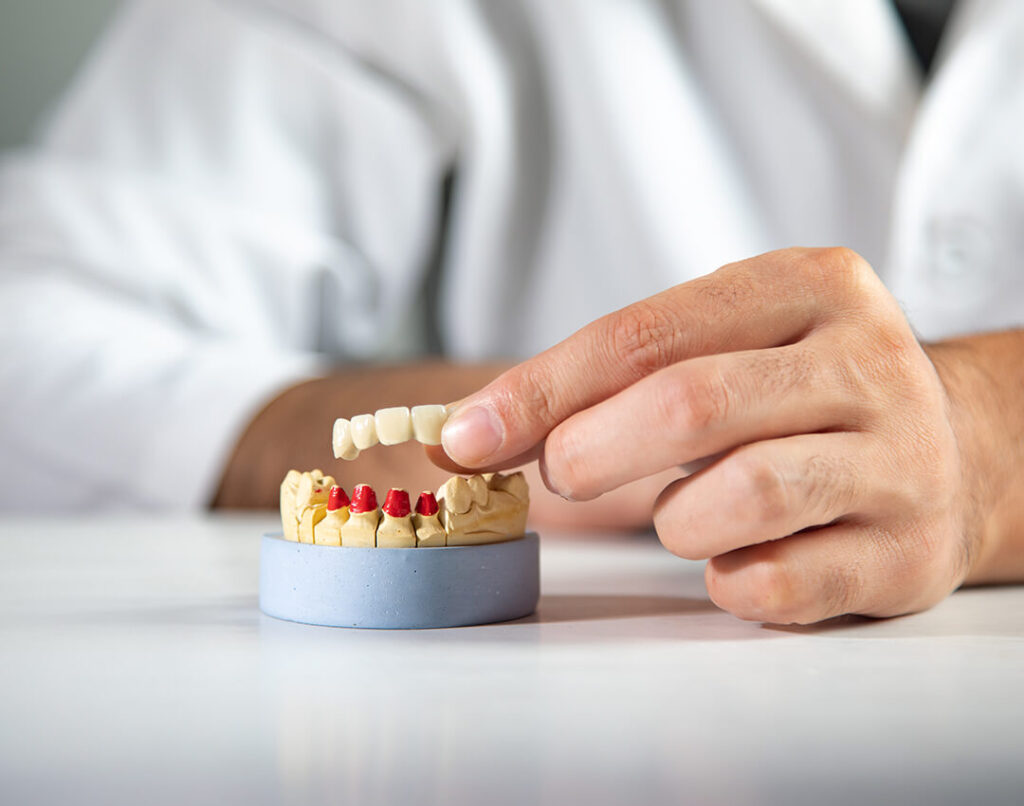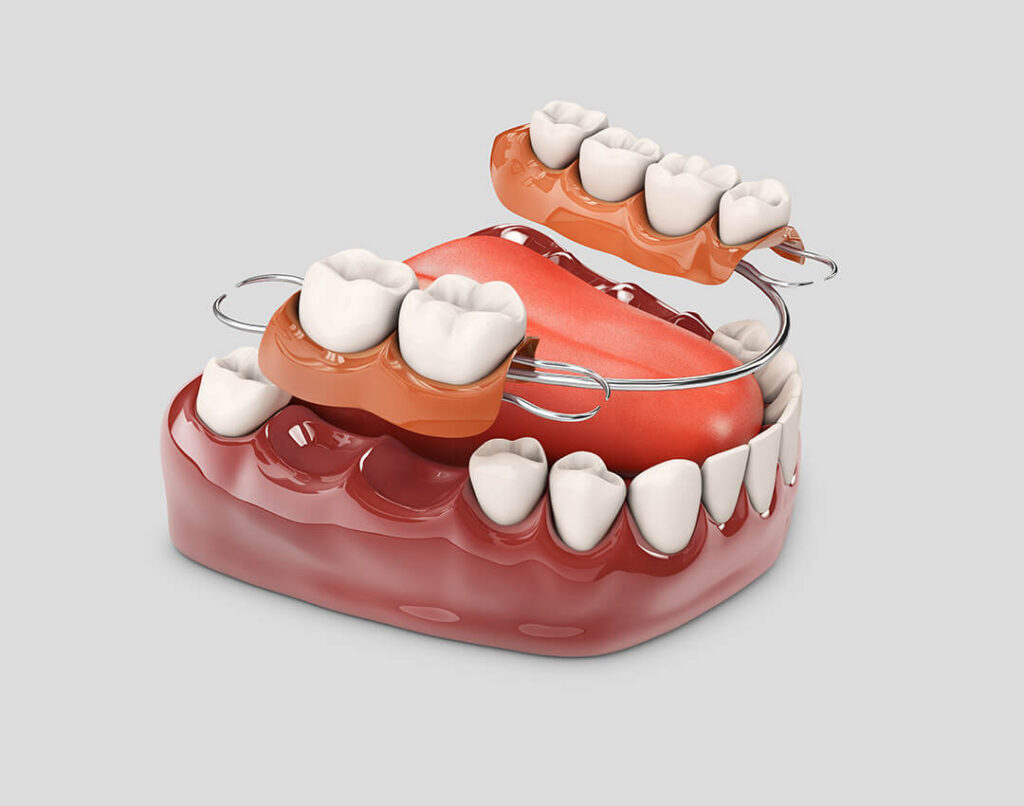- (718) 268 8228
- (718) 268 1281
- madisondentalny@gmail.com
- 112-03 Queens Boulevard, Suite 211, Forest Hills, NY 11375
Dental Bridge Specialist
Forest Hill, Queens NY
BRIDGING THE GAP TO A COMPLETE SMILE
A missing tooth can do more than just affect your smile; it can lead to several oral health issues, including misalignment, gum problems, and even temporomandibular joint (TMJ) disorders. If you find yourself missing one or more teeth, a dental bridge may be the ideal solution to restore both your smile and your oral health. In this comprehensive guide, we’ll delve into the world of dental bridges, covering their purpose, the materials used, and how they are crafted.
UNDERSTANDING DENTAL BRIDGES
Dental bridges are a reliable option for replacing one or more missing teeth. These restorations bridge the gap left by missing teeth and are anchored in place by the natural teeth or dental implants adjacent to the empty space. The supporting teeth, known as abutments, serve as strong anchors for the bridge. A prosthetic tooth, known as a pontic, is affixed to the crowns covering the abutments. Bridges can be crafted from various materials, but porcelain or ceramic bridges are often preferred for their aesthetic appeal and ability to match the color of your natural teeth seamlessly.


THE ART OF CRAFTING CROWNS AND BRIDGES
Before crafting a crown or bridge, your dentist will begin by reducing the size of the tooth or teeth that require restoration to ensure a proper fit. Following this reduction, an impression will be taken to create an exact mold for the crown or bridge. When porcelain is the material of choice, your dentist will determine the shade that best matches your existing teeth.
Using this precise impression, a dental laboratory meticulously manufactures your crown or bridge according to your dentist’s specifications. While your permanent restoration is being created, a temporary crown or bridge will be placed to protect your prepared tooth or teeth. Once the permanent crown or bridge is ready, the temporary restoration is removed, and the new one is cemented securely over the prepared tooth or teeth.
THE LONGEVITY OF CROWNS AND BRIDGES
With proper care, crowns and bridges can serve you for a lifetime. However, occasional issues like loosening or dislodging can occur. To maximize the lifespan of your crown or bridge, maintaining excellent oral hygiene practices is essential. Good oral hygiene includes brushing with fluoride toothpaste at least twice a day and daily flossing. Regular dental check-ups and professional cleanings performed by your dentist and hygienist also play a crucial role in preserving your restoration.
Preventing damage to your newly restored teeth is equally vital. Avoid chewing on hard foods, ice, or other solid objects that could compromise the integrity of your crown or bridge.
In conclusion, dental bridges provide an effective solution to missing teeth, enhancing your smile and promoting oral health. If you’re considering a dental bridge or need more information, our dedicated team at Madison Dental Art is here to guide you. We are committed to helping you achieve a complete and healthy smile that radiates confidence.

How to Find a Dental Bridge Specialist Near Forest Hills?
Madison Dental Art: Looking for an expert dental bridge specialist in Forest Hills, Queens?
You’ve come to the right place! Located at 112-03 Queens Boulevard, Suite 211, Forest Hills, NY 11375, Madison Dental Art is your trusted destination for high-quality dental bridges, helping you restore your smile and dental function.